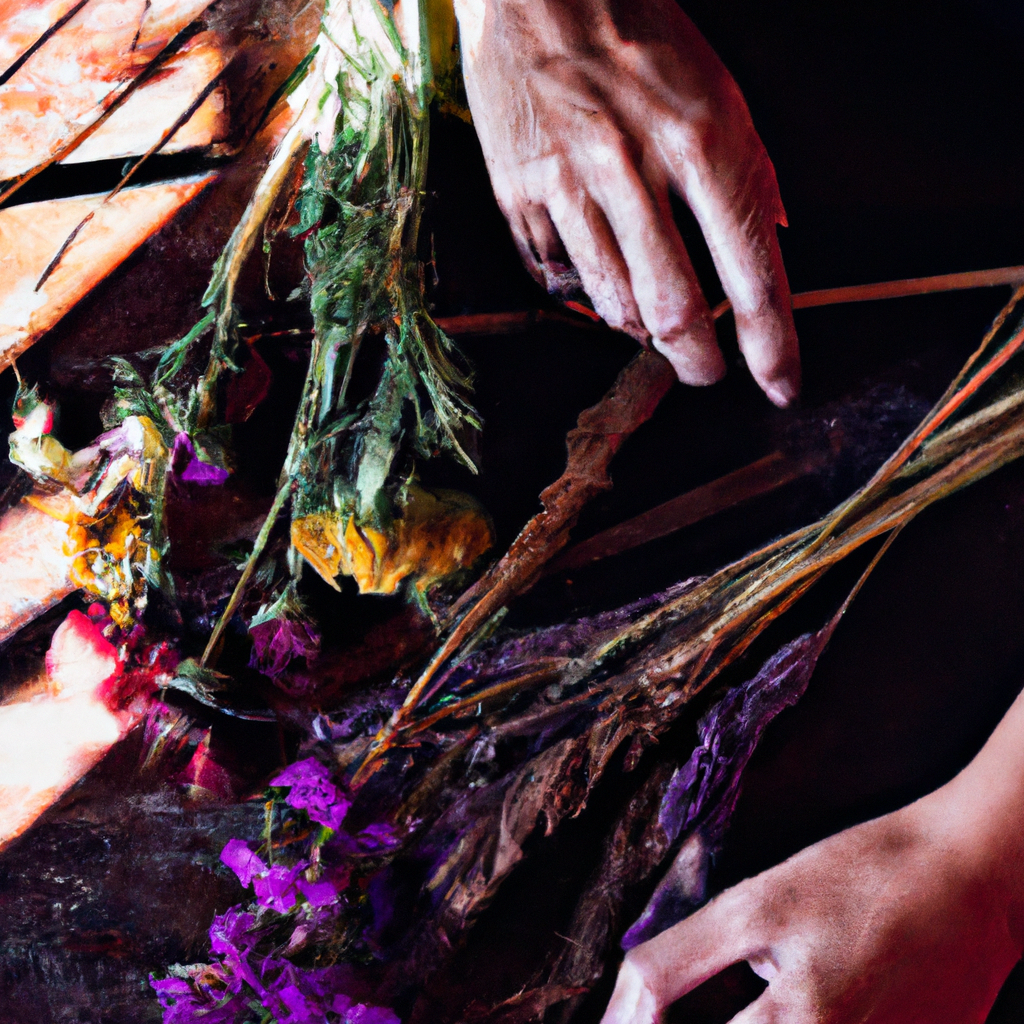Introduction to Dried Flower Bouquets
Dried flower bouquets have surged in popularity due to their enduring beauty and sustainable qualities. These bouquets provide a wonderful alternative to fresh flowers, often lasting for years with minimal care requirements. In addition to their longevity, dried flowers offer an eco-friendly option for decor, reducing the waste associated with fresh flowers that wilt and require frequent replacement.
Choosing the Right Flowers
Selecting Flowers for Drying
The first step in creating a beautiful dried flower bouquet is choosing the right types of flowers. Not all flowers dry well, so it's important to select varieties that retain their colour and shape through the drying process. Some of the best flowers for drying include lavender, roses, hydrangeas, globe amaranth, and statice. Herbs like rosemary and thyme can also add a lovely touch and fragrance to your bouquet.
Harvesting Tips
For the best results, flowers should be harvested at the right stage of development. It is generally recommended to pick them slightly before they reach full bloom, as they will continue to open during the drying process. The optimal time for harvesting is in the late morning after the dew has dried but before the sun is at its strongest, which helps to preserve the natural colours of the flowers.
Drying Techniques
Hanging Flowers to Dry
The most traditional method of drying flowers is by hanging them. To use this technique, gather the stems and tie them with a string or rubber band. Hang the bundle upside down in a warm, dry, dark place with good air circulation. A closet, attic, or a space under the stairs can be ideal. This method works well for most varieties and helps flowers dry evenly, retaining their shapes without flattening the petals.
Using Silica Gel
For flowers that are more prone to losing their shape and colour, using silica gel can be an effective method. Silica gel helps to remove moisture from the petals quickly, preserving their form and vibrancy. Flowers like roses, chrysanthemums, and zinnias can benefit greatly from this method. Carefully bury the flowers in a container filled with silica gel and follow instructions specific to the product you're using.
Arranging Your Dried Flower Bouquet
Preparing the Stems
Once your flowers are dried, prepare the stems by trimming them to your desired length. If the stems are brittle or too thin, you can reinforce them using floral tape or wire. This not only provides stability but also helps in the arranging process.
Designing the Bouquet
When designing your dried flower bouquet, consider colour combinations, textures, and floral variety. Start by choosing a focal flower, then add complementary flowers. Insert filler flowers and foliage, arranging them in a balanced way around the central blooms. For a cohesive look, make sure to distribute colours and textures evenly throughout the bouquet.
Presentation and Preservation
Choosing the Right Vase
Choosing an appropriate vase is key to showcasing your dried flower bouquet. Opt for a vase that supports the stems and complements the colours of the dried flowers. Vintage glass vases or ceramic pots can add a charming effect to your overall presentation.
Maintaining Your Dried Bouquet
To keep your dried flower bouquet looking its best, place it away from direct sunlight, which can cause the colours to fade. It's also best to avoid humid areas which could reintroduce moisture back into the flowers, potentially causing them to wilt or mould. A light dusting occasionally can help maintain their appearance.
Conclusion
Dried flower bouquets are not only beautiful and sustainable, but they also add a touch of nostalgia and charm to any décor. By selecting the right flowers, using appropriate drying techniques, and arranging them thoughtfully, you can create a stunning bouquet that will last for years, bringing beauty and serenity to your space.
Shop our bouquet selection today and start your dried flower journey!
